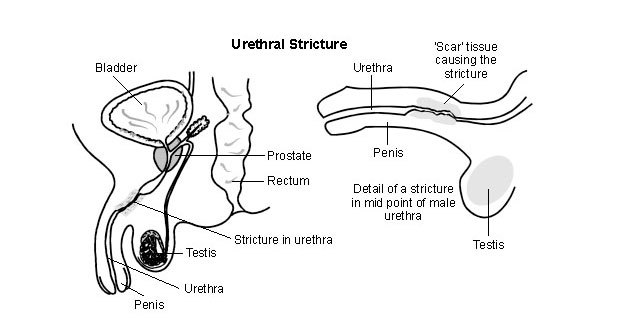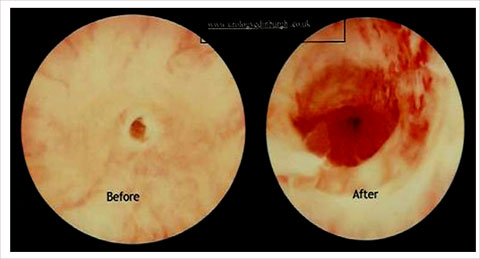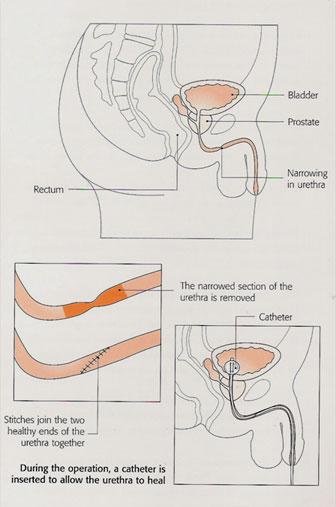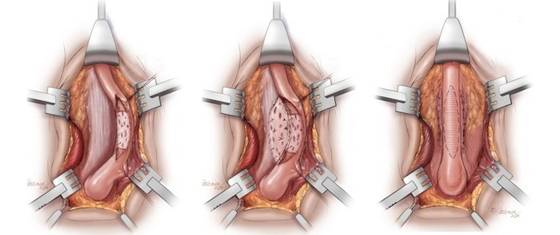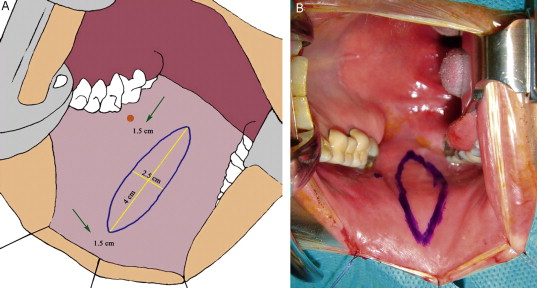Urethral stenosis is a stricture which occurs when a part of the urethra become narrowed. Any section of the urethra may be affected. There is usually some scar tissue around the affected part of the urethra that causes the narrowing. The length of strictures vary from less than 1cm to 4cm or longer.
Causes of urethral stenosis
- Injury or damage to the urethra: Includes surgical interventions. Healing can result in scar tissue causing a stricture.
- Infection of the urethra: Sexually transmitted infections or infection as a complication of long-term use of a catheter to drain the bladder. Infection may cause inflammation in the tissues in and around the urethra. These infections usually clear with treatment but may leave some scar tissue at the site of the inflammation which can cause a stricture.
- Rare causes: Congenital or cancer spreading from bladder or prostate
Symptoms
- Reduced urine flow.
- Spraying of urine.
- Dribbling of urine for a while after urination.
- Mild pain on micturition.
Surgical Intervention for Urethral Stenosis
Dilatation (widening) of the stricture: A rod is passed into the urethra. Rods of increasing thickness are gently inserted to gradually widen the narrowed stricture. The aim is to stretch the stricture without causing additional scarring. However, a stricture often tends to gradually narrow again after each dilation. Therefore, a repeat dilation is commonly needed every so often when symptoms recur. (Some people are given a self-lubricating catheter which they insert themselves regularly to keep a stricture dilated.)
Urethrotomy: An endoscope is passed into the urethra to view the stricture. A knife, passed down the scope, cuts the stricture widening the channel. However, like dilation, the stricture may reform and the procedure may have to be repeated. A longer stricture has an increased risk of requiring repeat urethrotomies
Urethroplasty
Urethral reconstructive surgery, or urethroplasty, is the only “definitive” treatment option for urethral strictures. It is usually reserved for strictures that are severe or non-responsive to endoscopic management. .
There are 2 general types of urethroplasty proceudres:
1. Primary anastamotic repair
2. Substitution repair.
Primary anastamotic repairs involve excision of the stricture with reconnection of the healthy ends of urethra in a widened configuration.
Substitution urethroplasty involves tissue transfer techniques typically using buccal mucosa (inner cheek lining) grafts or genital skin flaps to build on to the stricture and increase its caliber.
There are certain situations, usually when the stricture is too long, where substitution techniques are required. These too carry excellent success rates (>80%). Certain cases require a combination of techniques, typically when there are multiple severe strictures present.
Urethroplasty is associated with the best chance of “cure”, for urethral stricture. It requires catheterization for 7-21 days depending on the type of repair. Most patients will be able to return to their usual daily activities about 2 weeks after urethroplasty.
 Urologist in Chennai | Robotic Urologist in India | Chennai Urology
Urologist in Chennai | Robotic Urologist in India | Chennai Urology

